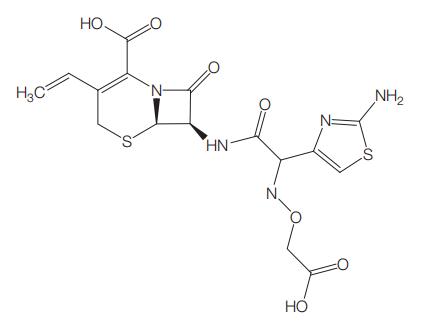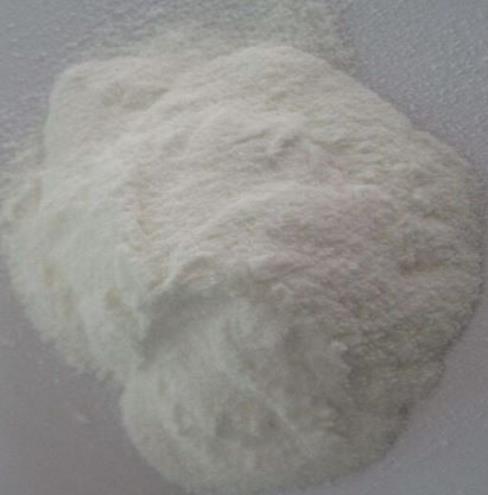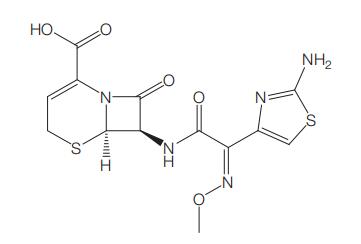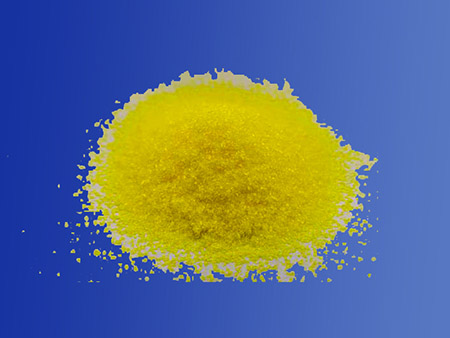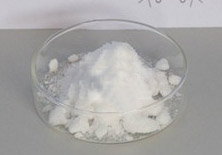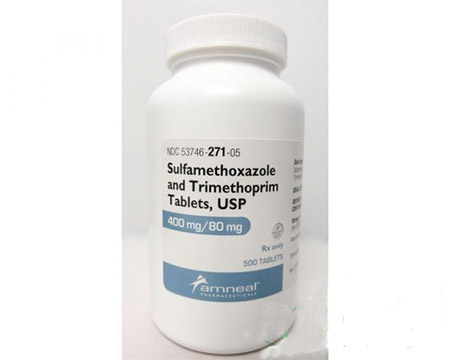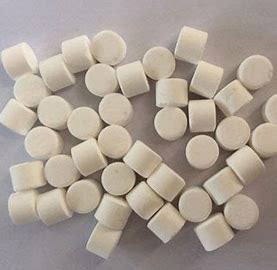Active Pharmaceutical Ingredients (API), popularly speaking, are the raw materials of medicines, only pharmaceutical raw materials are processed into pharmaceutical preparations , can they become medicines available for clinical use, so drugs we usually eat are the finished drugs through processing. Active Pharmaceutical Ingredients based on its sources can be divided into two major categories ,including chemical synthetic drugs and natural chemical drugs. Chemical synthetic drugs can be divided into organic synthetic drugs and inorganic synthetic drugs. Inorganic synthetic drugs are inorganic compounds ( very few is element), such as aluminum hydroxide, magnesium trisilicate which are used for the treatment of gastric and duodenal ulcers ; organic synthetic drugs are mainly composed of drugs made by basic organic chemical raw materials, through a series of organic chemical reactions (such as aspirin, chloramphenicol, caffeine, etc.). Natural chemical drugs ,based on its sources,can be divided into two categories including biochemical drugs and plant chemical drugs. Antibiotics are generally made by the microbial fermentation, which belongs to the biochemistry category. A variety of semi-synthetic antibiotics occurs in recent years,which are biosynthesis and chemical synthesis combining products.Among active Pharmaceutical Ingredients, the organic synthetic drugs varieties, yields and values have the largest proportion,which are the main pillars of the chemical and pharmaceutical industries. The quality of active Pharmaceutical Ingredients decides whether the formulation is good or bad , so its quality standards are very strict ,countries in the world have developed national pharmacopoeia standards and strict quality control methods for its widely used active Pharmaceutical ingredients.
Cefixime: Antimicrobial Activity, Susceptibility, Administration and Dosage, Clinical Uses etc.
Cefixime is an orally administered cephalosporin with a broader antimicrobial spectrum than those of earlier oral cephalosporins, such as cephalexin and cefaclor.
Mar 24,2022 APISide effects of Pefloxacin
Pefloxacin (perfloxacine) is an older-generation fluoroquinolone that was developed by Rho?ne-Poulenc and has the chemical formula l-ethyl- 6-fluoro-1,4-dihydro-4-oxo-7(4-methyl-1-piperazinyl)-quinoli
Mar 24,2022 APICefpodoxime: Antimicrobial Activity, Susceptibility, Administration and Dosage, Clinical Uses etc.
Cefpodoxime is another oral third-generation cephalosporin, which has good stability to many beta-lactamases and activity against Gram-negative and some Gram-positive bacteria.
Mar 24,2022 APICeftizoxime: Antimicrobial Activity, Susceptibility, Administration and Dosage, Clinical Uses etc.
These cephalosporins are referred to as extended-spectrum or third-generation cephalosporins because they were developed after the first- and second-generation drugs.
Mar 24,2022 APIToxicity of Enoxacin
Enoxacin is an early-generation fluoroquinolone with the chemical formula (l-ethyl-6-fluoro-I,4-dihydro-4-oxo-7 piperazinyl)-I,8- naphthyridine-3-carboxylic acid. Overall, the in vitro activity of eno
Mar 24,2022 APIUse of 9-Fluorenone
9-Fluorenone is an important chemical substance whose molecular formula is C13H8O
Mar 24,2022 APIThe preparation of pinacol
Pinacol , tetramethylethylene glycol, is also known as 2,3-dimethyl-2,3-dihydroxybutane.
Mar 24,2022 APIPharmacological action of trimethoprim
Trimethoprim, abbreviated as TMP, is an organic compound with chemical formula C14H18N4O3, white or to pale yellow crystalline powder
Mar 24,2022 APIApplications of potassium peroxymonosulfate
Potassium peroxymonosulfate disinfectants (PMS) is an improvement on chlorine-based disinfectants and cleaning agents.
Mar 24,2022 APISide-effects of Sitafloxacin
Sitafloxacin (as sitafloxacin hydrate) is available as 50-mg tablets, under the name Gracevit, and as a 10% fine granular preparation. Sitafloxacin inhibits bacterial topoisomerase II (DNA gyrase) and
Mar 23,2022 API



